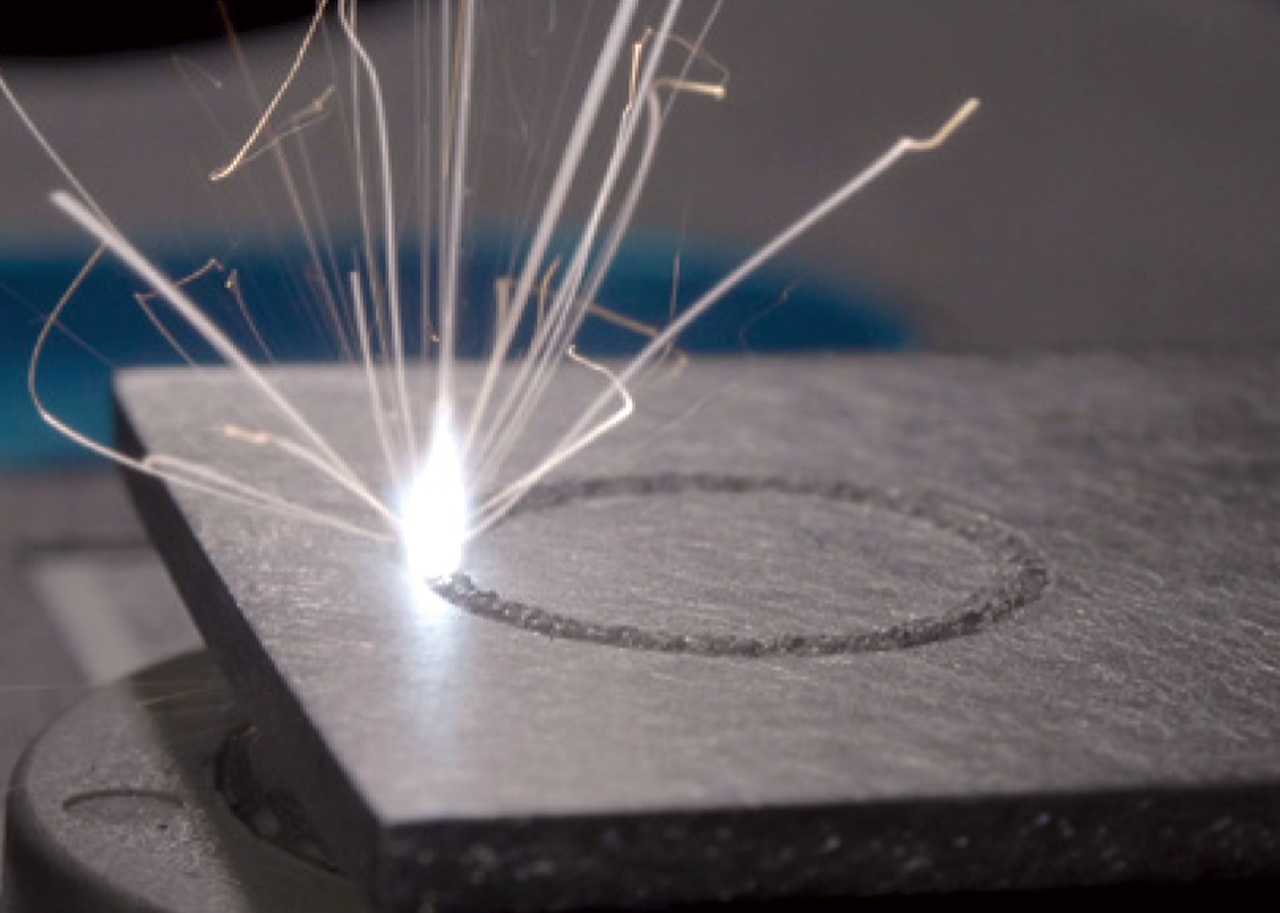Anti-Dumping Measures on Chinese Laser Machines Unveil New Avenues for Growth
In an effort to shield Indian manufacturing, the Indian government has recently introduced a comprehensive Anti-dumping law aimed at regulating the import of laser machines from China. The Finance Ministry has, in response, enforced a definitive anti-dumping duty on specific Chinese industrial laser machines designed for cutting, marking, or welding purposes. This duty, effective from December 22, 2023, is set to endure for a five-year period. The duty rates vary, ranging from 24.66% to 147.2% of the Cost, Insurance, and Freight (CIF), contingent on the producer.
Before delving into the intricacies of this new anti-dumping law, let’s first explore the practical applications of these laser machines. Widely employed across diverse industries such as electronics, automotive, medical, HVAC, and other specialized sectors, these machines play a crucial role in optimizing processes and production. Notably, they find application in lithium-ion battery and electric vehicle manufacturing, being utilized for tasks such as welding connectors to busbars and laser welding laminated electrical steel in the production of electric vehicles.
With this understanding of the significance of laser machines in various industries, let’s now examine the details and implications of the newly introduced anti-dumping law.
What is Dumping?
Dumping refers to the unfair trade practice of selling goods in foreign market at prices lower than their actual cost, often jeopardizing local industries.
What is this New Anti-Dumping Law?
The government of India has introduced stringent measures to combat the dumping of laser machines from China and protect Indian manufacturers by imposing hefty taxes & duties, ranging from 35% to 147.20%, on imported laser machines.
Which Types Of Laser Machines and Components will attract the Increased Tax and Duties?
- Fully Assembled Laser Welding, Laser Cutting and Laser Marking Machines.
- Semi-Knocked Down (SKD)– SKD manufacturing involves partial assembling of the machine in China and then shipped to India for final assembly.
- Completely Knocked Down (CKD) – CKD manufacturing involves shipping all parts of the machine from China to India for final assembly.
Chinese Laser Sources, Welding Heads, Scanners, Gantry etc. can also carry extra duties as it should be treated as CKD.
How will this Benefit the Indian Manufacturing Sector?
This Anti-dumping Law against laser machine imports from China represents a significant milestone for India’s manufacturing sector. In literal terms this is the initiative by the government to provide a stepping stone to develop local laser industry under “Make-in-India” initiative.
It will serve the following benefits in the Indian market:
1. Safeguarding Indian Manufacturers
By levying heavy taxes on Chinese laser machines, the Indian government aims to not only ensure fair competition but also encourage the growth of Indian manufacturers by enabling them to offer competitive prices without compromising on quality.
2. Promoting Technical Advancement
By curbing the import of laser machines, the government is nudging local manufacturers towards greater technological self-reliance. This law motivates Indian businesses to invest in R&D, improving their own manufacturing capabilities and product quality. In the long run, this shift will foster innovation, strengthen the indigenous laser machine industry & enhance India’s overall technological prowess.
3. Boosting Employment Opportunities
By protecting the interests of domestic manufacturers, the anti-dumping law will stimulate job creation in India. As local businesses flourish and expand, they generate employment opportunities across various skill levels, contributing to the nation’s socio-economic development. Additionally, increasing domestic production will help in reducing reliance on foreign imports.
4. Collaboration & Partnership
This law presents an opportune moment for collaborations & partnerships within the Indian laser machine industry. With reduced competition from cheaper imports, manufacturers can focus on strengthening local supply chain.
The Indian Manufacturer and Distributor Framework
Previously, the process was relatively straightforward for Indian distributors who could easily procure laser machines from China and market them within India. However, a significant shift is anticipated moving forward. The government has unequivocally communicated a new directive: “Master the art of manufacturing these machines, or exit the industry.”
The Way Ahead
India’s enactment of the Anti-Dumping Law on laser machine imports from China marks a pivotal moment for the nation’s manufacturing sector. While the immediate impact is anticipated to manifest in increased domestic manufacturing and job opportunities, the true essence lies in the rapid advancement of indigenous research and development along with technological capabilities.
As Indian manufacturers strive to capitalize on this opportune moment, it becomes imperative for industry stakeholders to not only adapt but also embrace transformative changes, leveraging the presented benefits. This strategic shift could potentially position India’s laser industry as a global leader, contributing to the ongoing evolution of the nation’s technological and manufacturing landscape.
At Light Mechanics Ltd, as a distinguished Indian manufacturer specializing in high-end laser systems, we wholeheartedly embrace this transformative journey, propelling India towards a future characterized by manufacturing excellence.
Concluding Note
Before purchasing laser machines in the future, don’t forget to ask a straightforward question: “Are you the actual manufacturer or a Chinese machine distributor?” This simple step can help you avoid unexpected last minute surprises.


